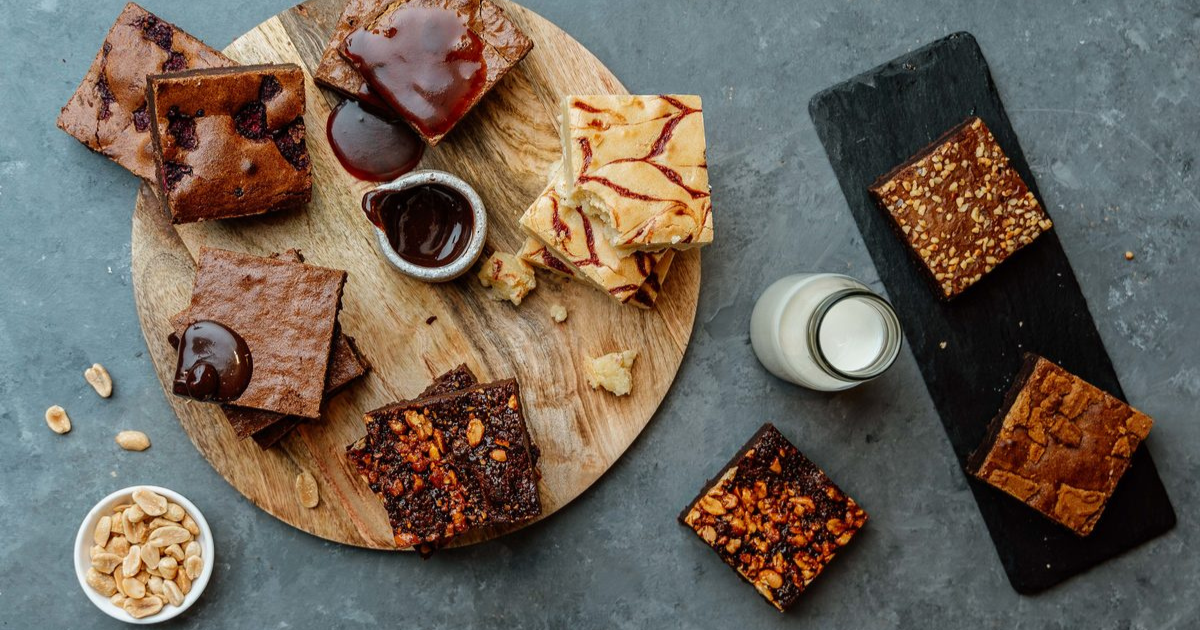GRAPEVINE: Any Port in a Christmas storm
IT’S the time of year when fortified wine sales see one of their biggest spikes, Father’s Day being the other big one each year.
For a wine style that has been in decline for decades, it is a tried and true gift for “Dad” or “Grandpa” or that relation that you don’t really know how to buy for. It is still one of the wine world’s unique treasures and worth a refresher on the styles available.
Port is nowadays a protected term like Sherry and Champagne, it can only be put on a label if the wine was produced in Northern Portugal around the city of Porto. The change only came about in the last decade, so you may still see some vintage ports from for example, Rutherglen but moving forward it won’t be the case and you will simply see Vintage, Ruby or tawny on the label.
A Port or its equivalent around the world will be made from a blend of different grape varieties, there are over 80 permitted within the Port designation whilst Australian examples will usually be made with far fewer varieties. Identifying any particular grape variety in the final wine will be difficult and the wine is more about the style than varietal expression.
The wine begins its production as with any red wine; the juice will be worked quite vigorously to extract as much colour, flavour and tannin from the skins as possible while the fermentation starts and proceeds over only a few days before a neutral spirit is added. The spirit stops the fermentation as the yeast can’t survive and there is therefore some sugar left giving the wine its sweetness. From here the style of Port dictates where the wine goes.
There are many variations in style of Ports, but there are a few that you will see more often than others.
Vintage Port only makes up around 1 percent of production and is only made around three times per decade on average, but it is the most sought-after.
A vintage port is “declared” when the quality of the fruit and resulting wine is sufficient (usually decided a year or two after the harvest).
The wine will be bottled two or three years after the vintage and then it is up to collectors to put them in their cellars for, at times, decades until they are ready to drink. A ruby port is known as such due to the colour it retains as a relatively young wine. Ruby ports will usually be a blend of a few vintages that have only been aged in cask/oak for two or three years.
The most common type you are likely to see is the Tawny, named as such because it will often be aged for much longer periods in cask than a ruby thus the resulting wine loses much of its vibrant colour and develops and brown/tawny colour. In many cases you will see an age alongside Tawny, 10, 20, 21, 30 years are common and represent the average age of the wine given that they will be blends of many different casks at different ages.
Much the same as with sparkling wines, a Tawny is bottled and ready to drink relatively soon after bottling whereas vintage examples will be bottled with the intention of extended ageing in bottle.
Quinta do Noval have been producing port for roughly 300 years, a producer that has deep roots in the history of Port having pioneered the Colheita and late-bottled styles. In an era where single vineyard wines are the most sought-after, Noval sits on a pedestal producing arguably the finest Port in the world known as Nacional, right through almost to the bottom of their range is estate grown, while most other producers will source from across the region to build their blends.
The Tawny is aged for three years before bottling, so it is still quite youthful and fruit driven with red and blue berries dominating alongside the familiar flavours of chocolate some raisins.
As with many examples from Portugal it is more savoury and earthy than many Australian examples with a lively fresh feel to it that makes it a versatile wine for pairing or enjoying on its own.


















